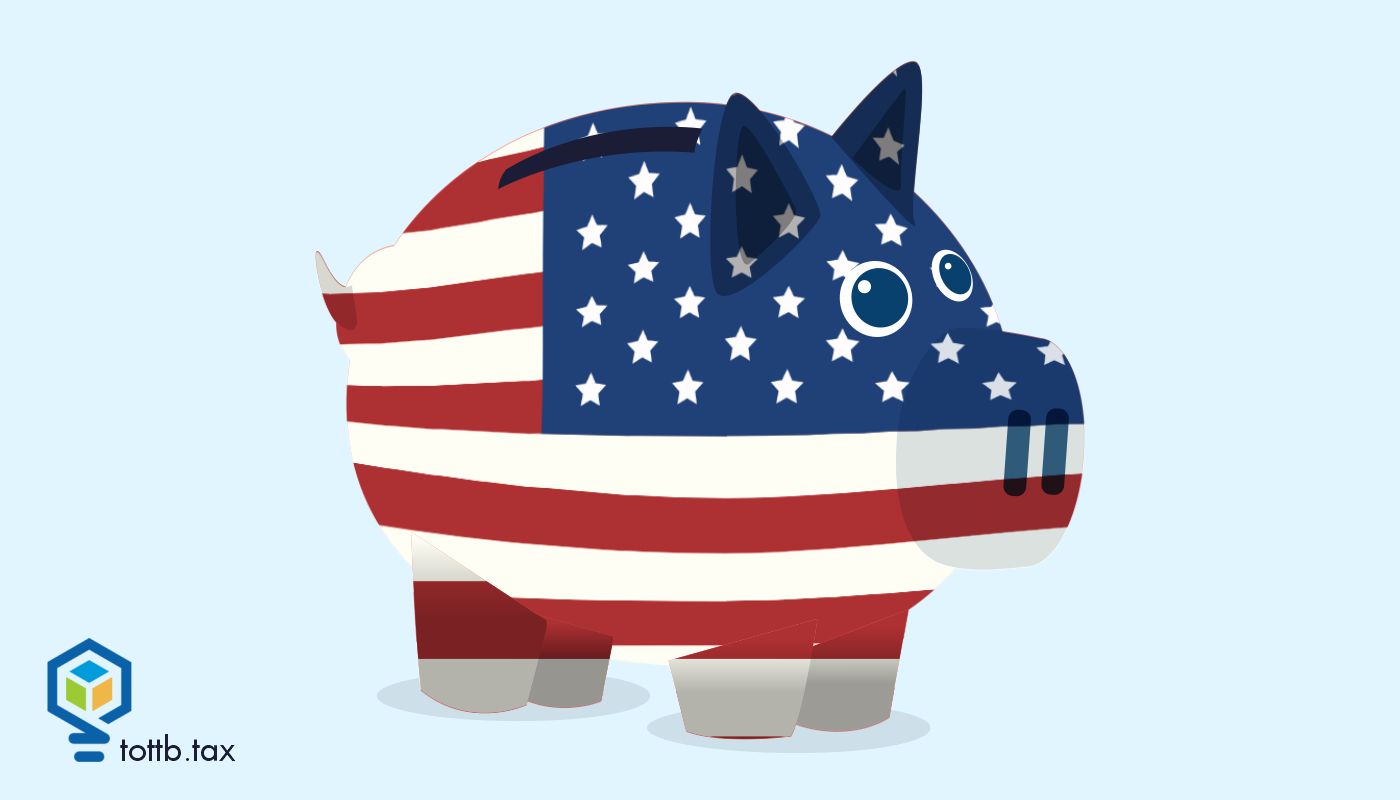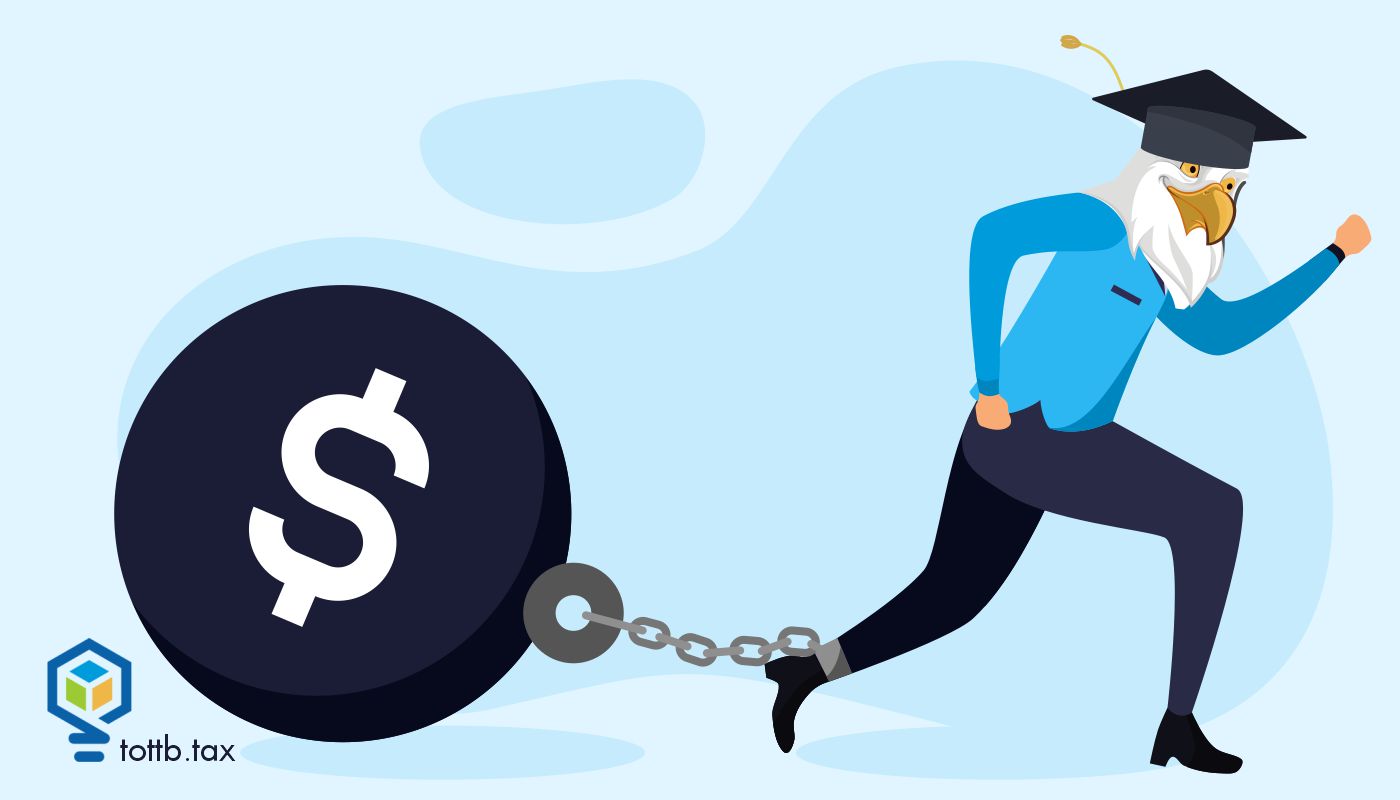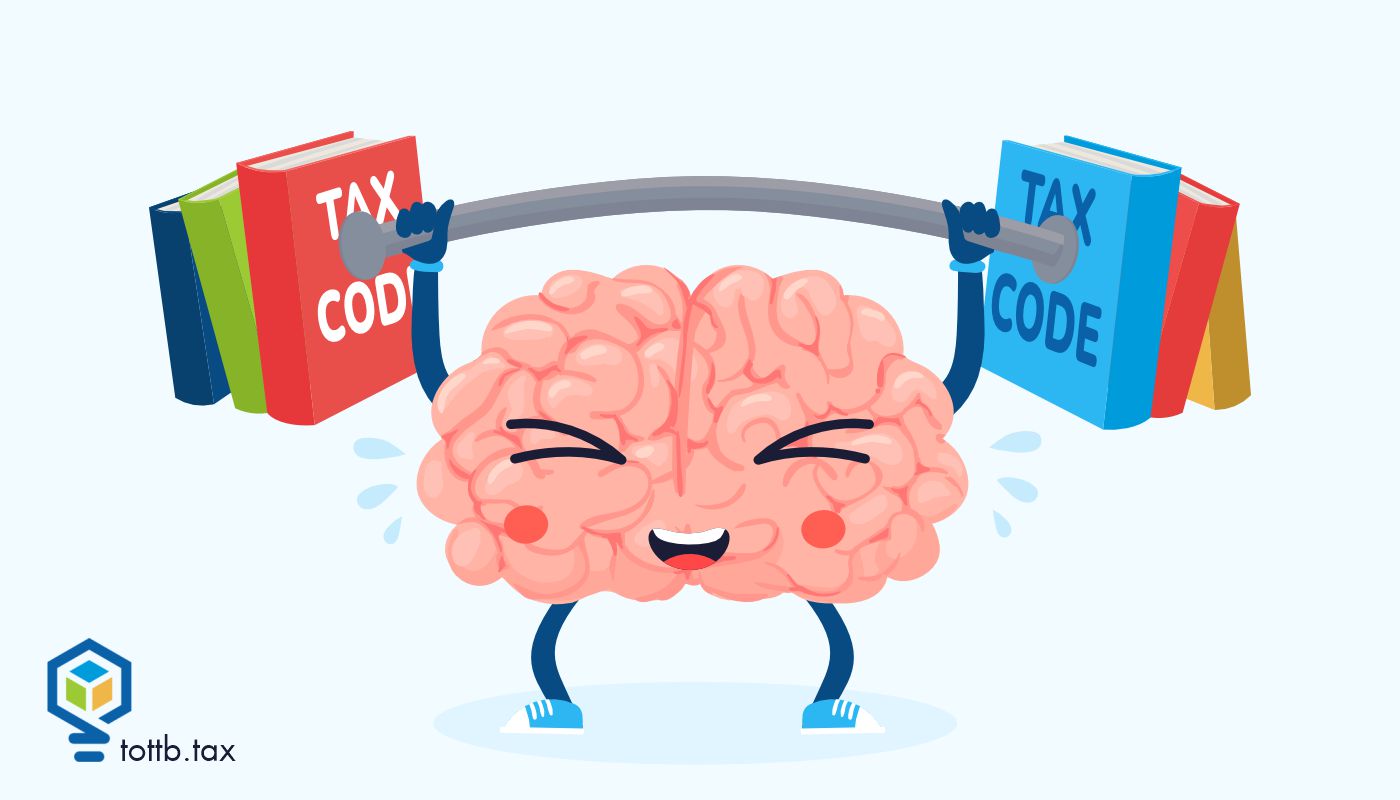Client Alert
Avoiding Self-Employment Tax with a Limited Partner Interest
The best tax planning will often be found where both the form and substance of a transaction align in the client’s interest. One such planning activity focuses on reducing self-employment tax, and while the attempt is admirable, the substance of the transaction might be stronger than its form. Generally, if you’re a partner in a partnership, your distributive share of income is subject to Self Employment Contributions Act (SECA) tax, also known as self-employment tax. This can be up to an additional 15.3 percent on your earnings, unless an exception applies. Many tax pros attempt to mitigate this tax by simply making the spouse of the main business partner a limited partner in the entity. The thought is that an exclusion applies for SECA tax when there is a “limited partner’s” share of partnership income. But be careful! When the underlying substance overrides the form of a transaction, the taxpayer generally will lose. The IRS recently highlighted such a problem with form in its draft partnership tax instructions by saying “For purposes of self-employment tax, however, status as a limited partner is determined under Section 1402(a)(13); whether a partner is a limited partner under state limited partnership law is not determinative.” Simply calling a partner “limited” is not enough. The limited partner exception from self-employment tax creates a significant benefit when applied, but rulings focused on the substance of the partner’s interest have narrowed this exception. Let’s review how to properly qualify as a limited partner in light of the IRS’s recent emphasis in this area. In the process, we will also look at the specifics of how particular forms should still win the day by avoiding SE tax. Keep reading for more.
Read MoreNOT A MEMBER YET?

SUBSCRIBE TO GET ALL OF OUR
GREAT ARTICLES AND RESOURCES!
CURRENT EDITION

An Analysis of the OBBBA’s Trump Accounts (Part 1)
The One Big Beautiful Bill Act, signed into law by President Trump on July 4, 2025, added a new tax saving tool for minors, the aptly named Trump Accounts. In this article, I go over the details of the new Trump Accounts. In part II, I will discuss some of the potential tax planning opportunities and pitfalls related to the new accounts.

Student Loans After the OBBBA Part 1: New Rules Every Advisor Needs to Know
Big changes are coming to the student loan world (yet again), and they’re not the kind you can just skim past. The One Big Beautiful Bill Act (OBBBA) has reshaped how much students will be able to borrow, how they’ll repay it, and which programs will qualify for federal aid going forward. For financial and tax professionals, these shifts aren’t just policy updates. They’ll set the stage for how you’ll advise clients for years to come… and could even change the way you manage your own student loans. In Part 1 of our OBBBA student loan series, we break down the nuts and bolts of these new rules to help advisors (and borrowers) get some clarity on the collective question: “Seriously, what’s going on with student loans?”

IRS And Courts Have Wisdom to Offer Startup Businesses
There is a wealth of business wisdom in a fairly unlikely area. All the businesses involved lost money, sometimes enormous sums. The source is the litigation and regulation around Code Section 183 of the Internal Revenue Code – Activities not engaged in for profit. In order to deduct those losses against other income, taxpayers need to convince the IRS or the court that they had an honest objective of making a profit. The determination of whether an activity is carried on for profit is made by reference to objective standards. Is it possible that following those standards might contribute to you being profitable? It’s worth thinking about.


